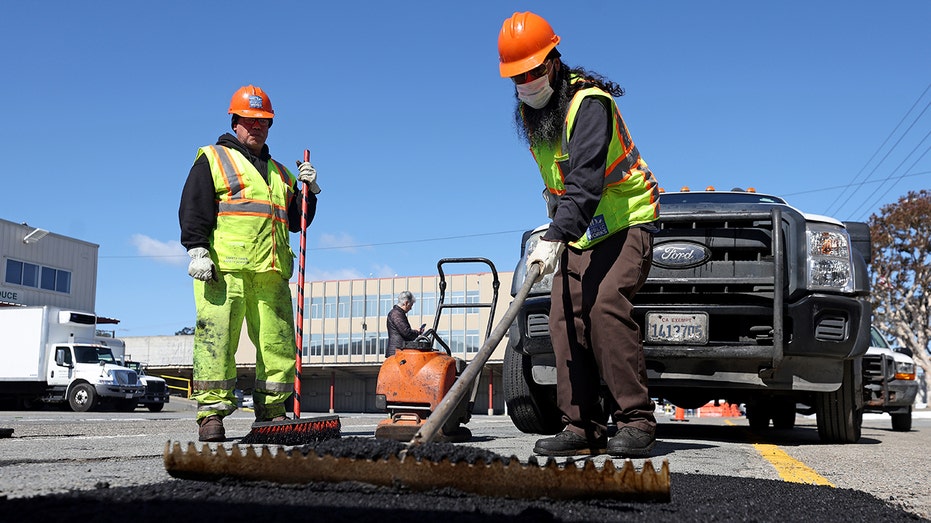German Researchers Develop AI-Integrated Fabric to Predict Road Damage Before It Occurs

Innovative advancements in infrastructure technology are on the horizon as researchers at Germany’s Fraunhofer Institute unveil a groundbreaking AI-powered fabric designed to monitor and predict road deterioration from beneath the surface. This cutting-edge material, embedded with sensors and intelligent algorithms, promises to revolutionize how municipalities approach road maintenance, making repairs more proactive, cost-effective, and environmentally sustainable.
How the Smart Fabric Works
The fabric is woven from natural flax fibers intertwined with ultra-thin conductive wires capable of detecting subtle changes within the asphalt’s foundation. Once installed beneath the road surface, it continuously gathers data on internal stresses and potential damage. When vehicles pass over, the system measures variations in electrical resistance within the fabric, signaling early signs of cracks or strain before visible damage appears. This early detection allows authorities to address issues proactively, preventing costly repairs and extending the lifespan of roadways.
Advantages Over Traditional Inspection Methods
Unlike conventional techniques that rely on invasive procedures such as drilling or core sampling—methods that are expensive, disruptive, and limited to small sections—this AI-enabled system offers a non-destructive, comprehensive view of road health. Data collected from the fabric is transmitted to a central AI platform, which analyzes the information to forecast deterioration trends. This predictive capability enables transportation agencies to schedule maintenance well in advance, optimizing resource allocation and minimizing traffic disruptions.
Implications for Infrastructure Management
By shifting from reactive to predictive maintenance, the technology could significantly reduce the occurrence of potholes, improve driving comfort, and save taxpayer money. Cities adopting such systems can develop long-term maintenance plans based on real-time data, avoiding the cycle of patchwork repairs that often lead to further road damage. The integration of sensor data with machine learning software allows for detailed visual dashboards, providing planners with clear insights into the structural integrity of their networks.
Current Testing and Future Prospects
The project, named SenAD2, is currently undergoing field tests in an industrial zone in Germany. Early results indicate the fabric’s ability to identify internal damage without causing traffic delays or requiring road closures. As this technology matures, widespread adoption could lead to smarter, safer roads, fewer traffic delays, and more efficient use of infrastructure budgets.
Broader Impact and Public Engagement
This innovation exemplifies how merging materials science with artificial intelligence can address real-world challenges. While it does not make roads indestructible, it marks a significant step toward more sustainable and data-driven infrastructure management. Public acceptance of AI-driven maintenance decisions is crucial, and ongoing discussions emphasize the potential benefits of smarter city planning.
For more insights into AI innovations and infrastructure updates, visit official sources such as the Fraunhofer Institute’s official website and reputable technology news outlets.




